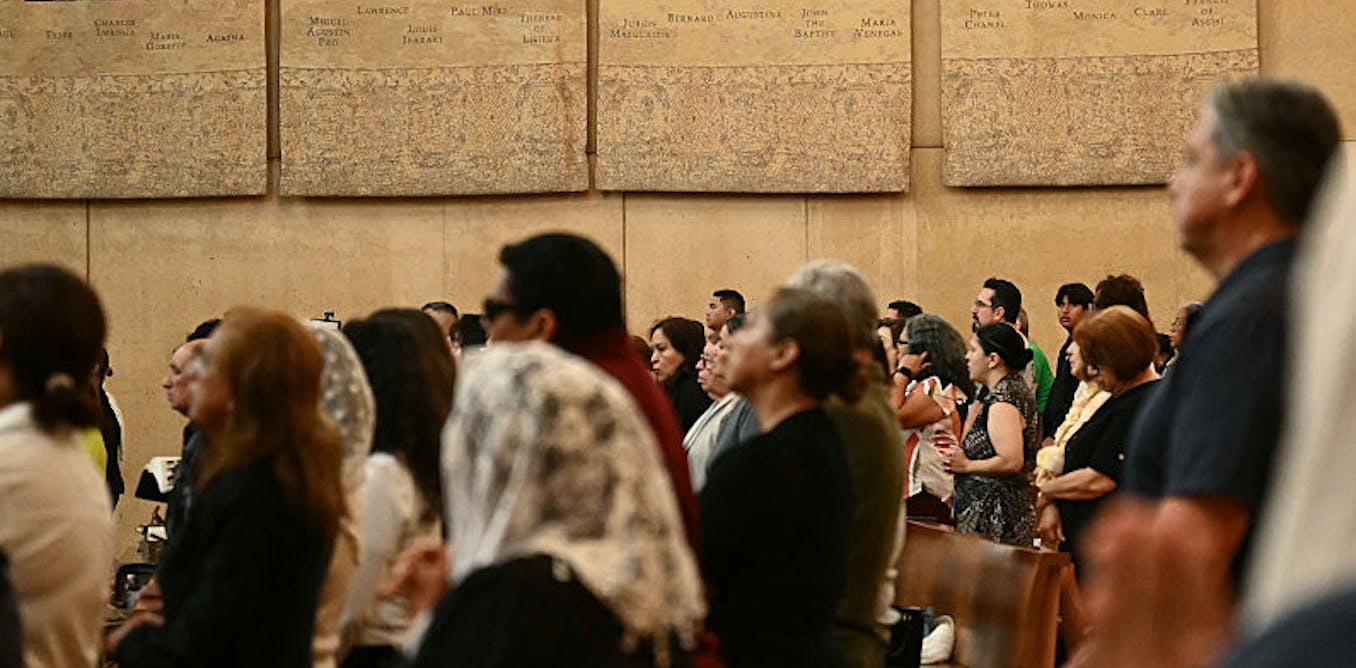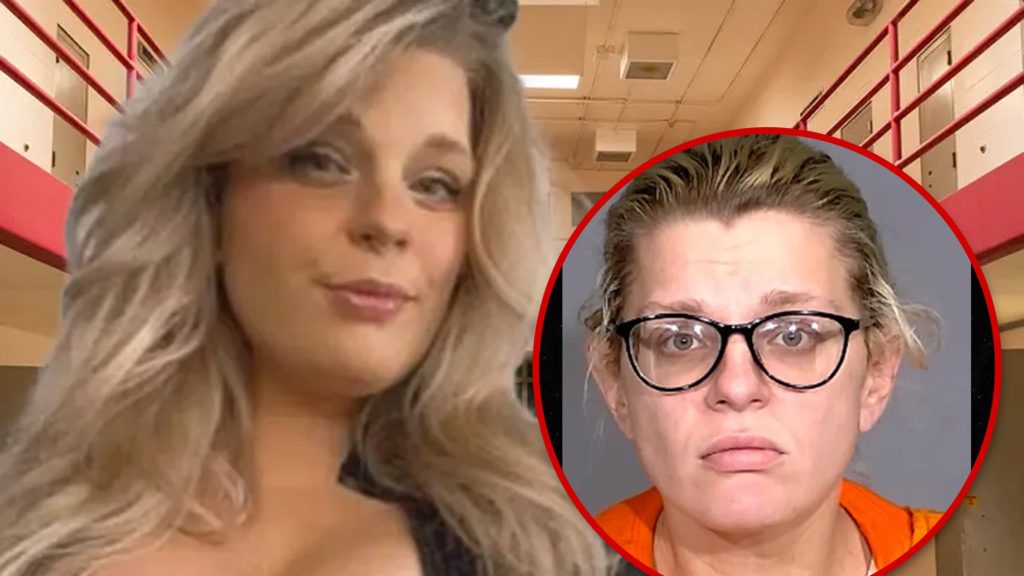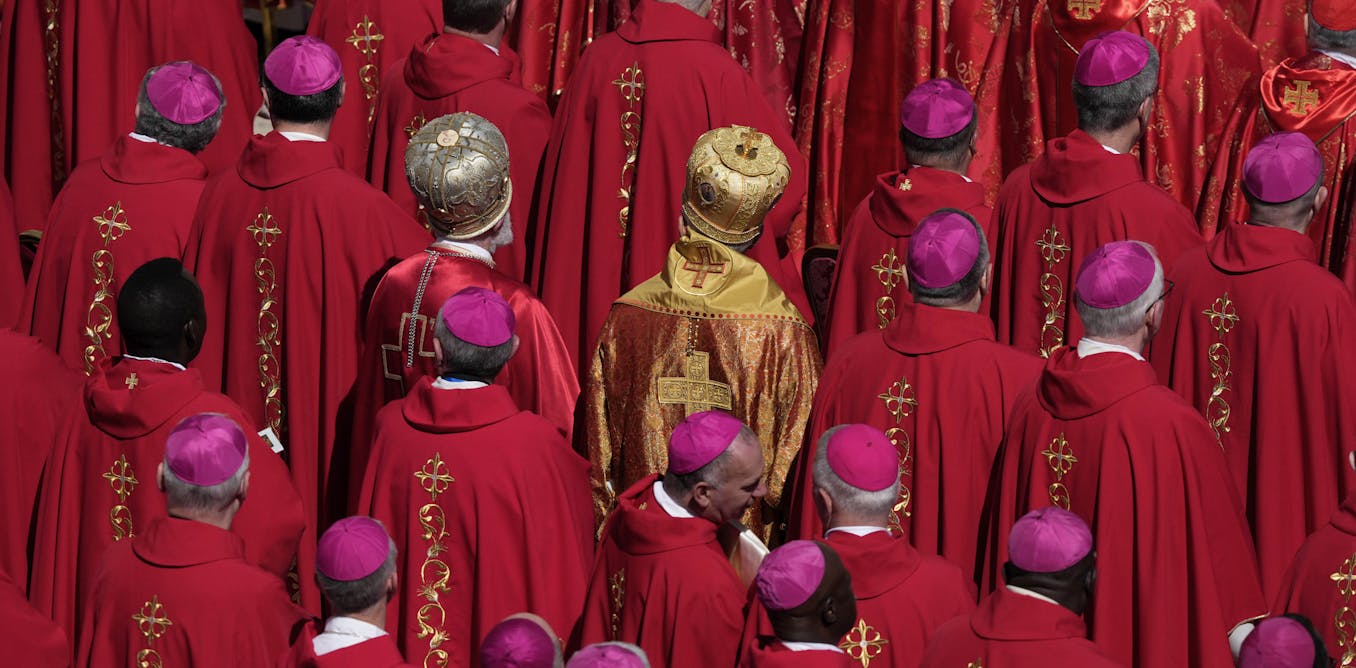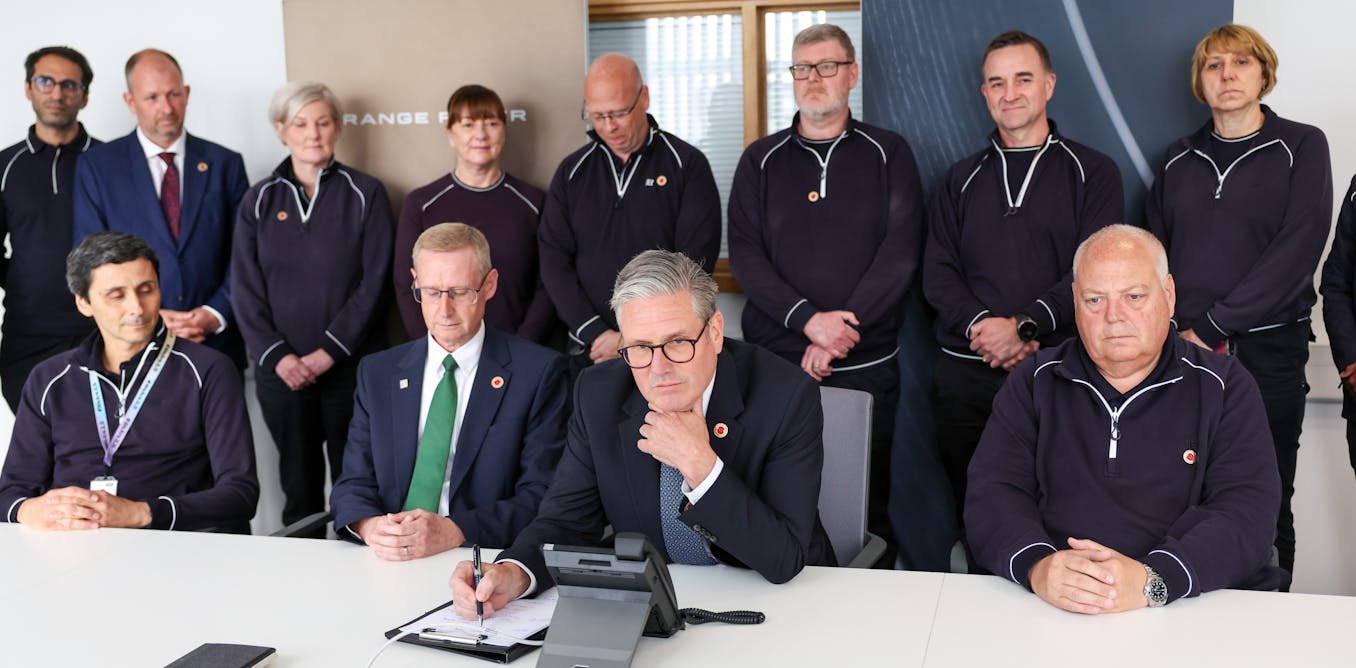Now Reading: Even with Pope Leo XIV in place, US Catholics stand ‘at a crossroads’
-
01
Even with Pope Leo XIV in place, US Catholics stand ‘at a crossroads’
Even with Pope Leo XIV in place, US Catholics stand ‘at a crossroads’

In Rome, shortly after 6 P.M., the awaited sight of white smoke emerged over the Sistine Chapel. The College of Cardinals, consisting of over 130 members, concluded their deliberations on the next leader of the 1.4 billion Catholics worldwide. On May 8, 2025, they selected Cardinal Robert Prevost, who adopted the name Leo XIV, making history as the first U.S. pope.
The U.S.-based researcher Maureen Day, from the University of Southern California, was consulted by The Conversation U.S. to explain the current state of Catholicism in the United States during this crucial period. She highlighted the changes in Catholic identity and practices compared to a generation ago.
In the late 1980s, nearly half of American Catholics viewed their faith as a crucial aspect of their lives, but this figure has now decreased to 37%. Many individuals are also leaving the Catholic Church altogether, as indicated by the General Social Survey. The data shows a significant increase in the percentage of Americans who have changed religions or abandoned religion entirely since the 1970s.
Despite challenges such as declining Mass attendance and the influence of bishops on lay Catholics’ decisions, the Catholic Church has been slow to implement substantial changes. The focus has largely been on minor adjustments to attract families and young adults to parishes.
The term “cultural Catholics” refers to individuals who attend Mass infrequently. Their ties to Catholic teachings may be strong in other aspects, such as charitable acts and prayer. However, there is concern among Catholic leaders about the decreasing Mass attendance and the trend of secularism affecting the practice of the faith in the U.S.
Looking ahead, the American church’s key challenge under the new pope will be addressing internal factionalism. While there is common ground among active Catholics, there are extreme groups questioning the direction of the church. Recognizing and celebrating the diversity within U.S. Catholicism will be essential for the church’s future development.






